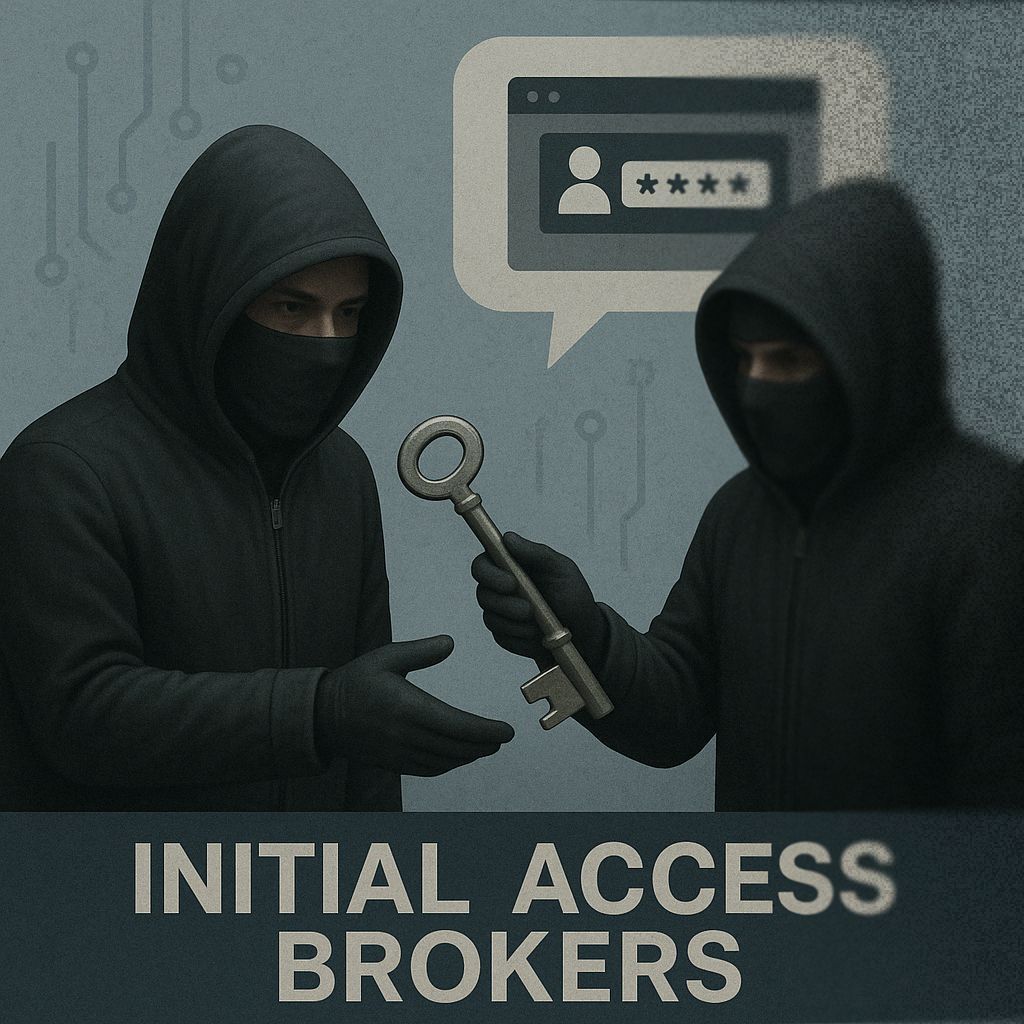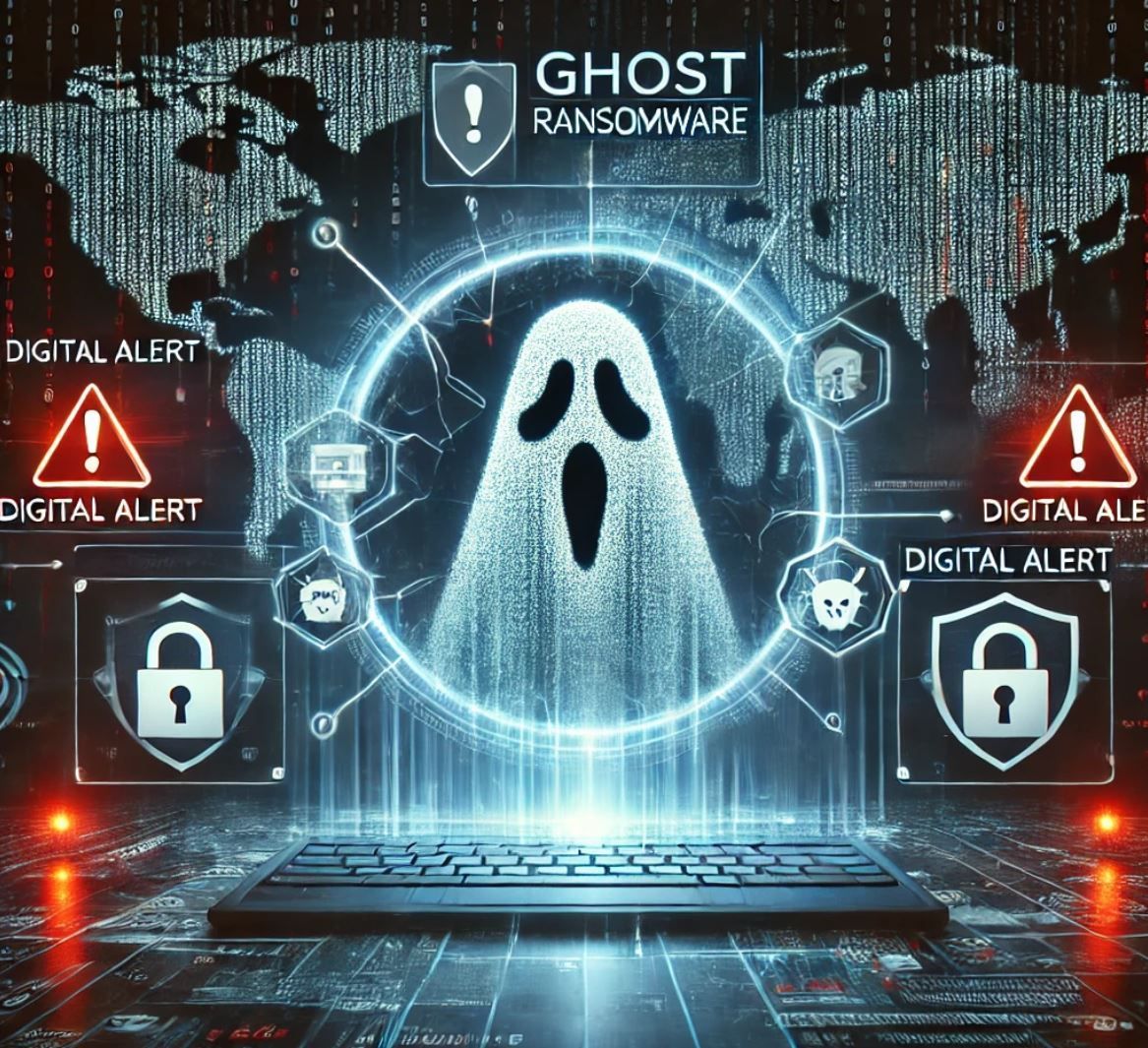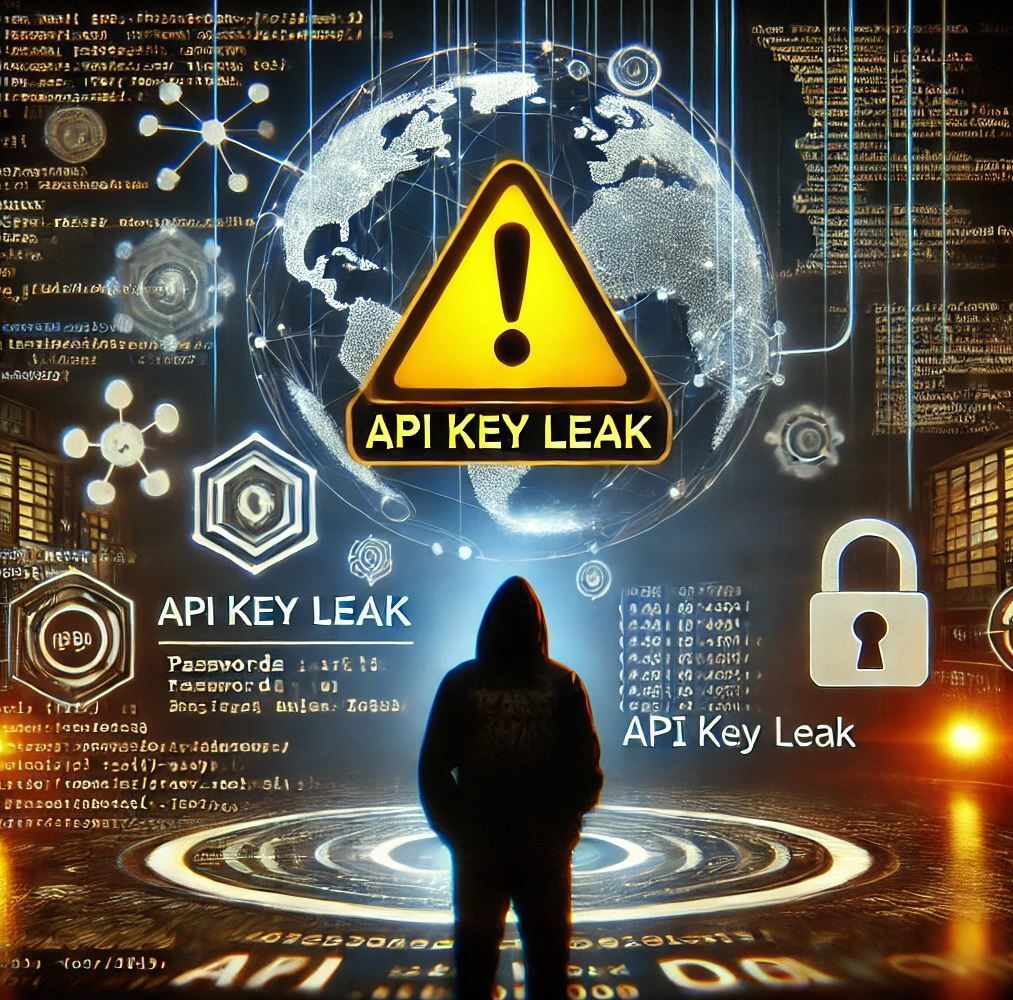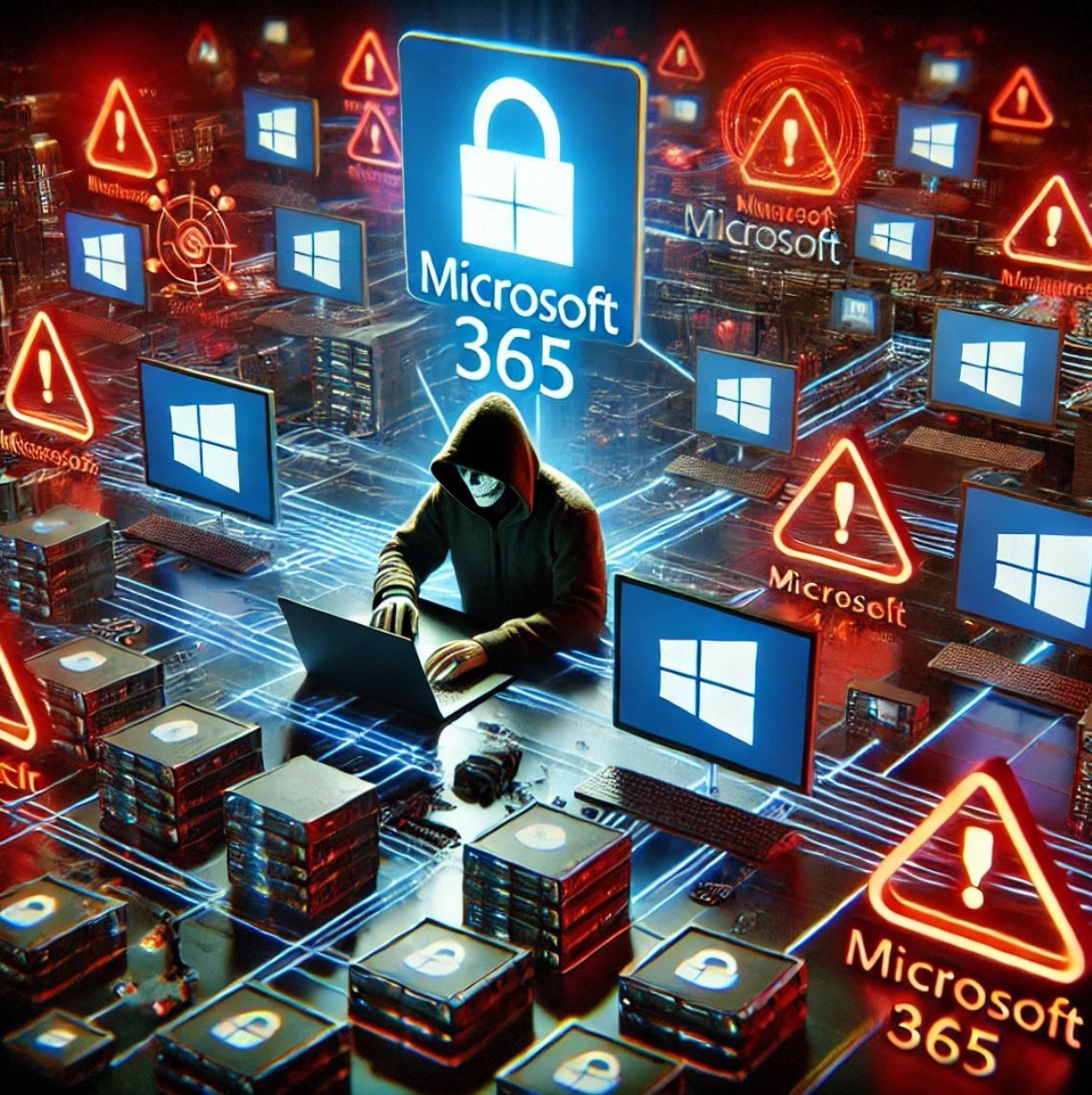CGI Weekly
Initial Access Brokers (IABs) are becoming more important for ransomware operators and other malicious actors.

Overview
Threat actors are evolving, and among the most critical facilitators of large-scale breaches are Initial Access Brokers (IABs)—the underground middlemen who specialize in selling access to compromised enterprise environments. Recent intelligence reveals significant tactical shifts, new monetization patterns, and increasing specialization in this dark corner of the cybercrime economy.
Key Trends in IAB Activity
1. Shift from RDP to Credential Markets
Traditionally, IABs focused on Remote Desktop Protocol (RDP) and VPN access, but they are now pivoting to more scalable and stealthy methods. There is a growing preference for:
- Credential stuffing attacks using large-scale infostealer logs.
- Exploitation of Single Sign-On (SSO) and MFA fatigue attacks.
- Breach resale of cloud-based access, especially to email, collaboration platforms, and administrative dashboards.
This shift allows IABs to remain agile and avoid detection for longer durations within victim environments.
2. Corporate Access Credentials as High-Value Assets
The monetization landscape is changing. Security reports that IABs are increasingly targeting email account takeovers and corporate collaboration tools (e.g., Slack, Microsoft Teams, Google Workspace). These accounts provide an ideal foothold for Business Email Compromise (BEC), internal reconnaissance, and lateral phishing.
Notably:
- Prices for access can range from $300 to $20,000+, depending on the company's size and industry.
- Credentials to executive and IT admin accounts are in highest demand.
- IABs are operating via Telegram, underground forums, and private marketplaces, sometimes offering subscription-based access services.
3. Trends and Tactics Unveiled in Deep-Dive Research
A deep-dive reveals the operational maturity of many IAB networks:
- Clear division of labor between data exfiltrators, access sellers, and ransomware affiliates.
- Localization of attacks, where IABs tailor access listings by geography, sector, and regulatory sensitivity.
- An increase in access-as-a-service models, where recurring access is sold over time—particularly for cloud and SaaS applications.
Their analysis estimates that hundreds of organizations per month are being listed in underground markets, with a strong bias toward U.S.-based firms in tech, finance, healthcare, and education sectors.
Implications for Security Teams
Security teams must prioritize defense against credential compromise and lateral movement, not just malware-based intrusions. Recommendations include:
- Harden identity infrastructure: Enforce MFA (beyond SMS), monitor for session hijacking, and consider phishing-resistant authentication methods.
- Monitor for infostealer malware in user environments—especially browser-saved credentials and tokens.
- Threat hunt for abnormal SaaS access and anomalous collaboration tool usage.
- Track underground forums and dark web chatter for mentions of your brand, domains, and employee emails.
Conclusion
Initial Access Brokers are no longer just opportunistic middlemen—they're the linchpin in a maturing cybercrime ecosystem. As their tactics evolve, defenders must focus more than ever on identity-centric security and early detection of compromised credentials.
Cyber Guardian Intelligence - Intel Driven Defense, Always One Step Ahead.






